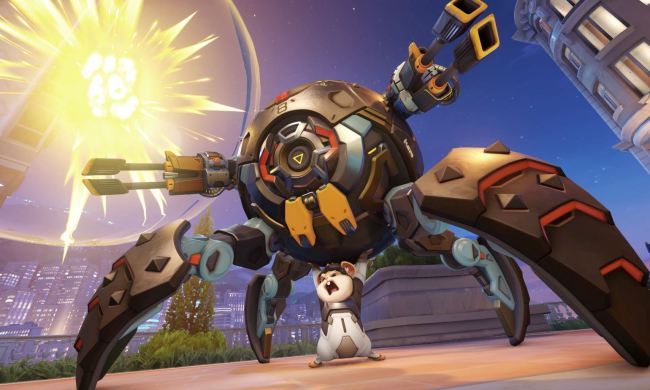Rocket League, the car-soccer multiplayer mash-up, is going free-to-play, according to an announcement Tuesday.
The change will come alongside one of the biggest updates to the game this summer, which will bring major adjustments to its Tournament and Challenge systems.
This update will also add cross-progression to the crossplay aspect of the game, meaning a player’s inventory, Rocket Pass progress, and Competitive Rank will carry across all platforms. The catch is that players’ numerous accounts will all need to be connected to and funneled through an Epic Games account.

Further distancing the game from Steam, it will no longer be available to purchase on the platform once the update kicks in, but existing players on the service will still be able to utilize that version of the title. With Epic purchasing Psyonix in 2019, this was an inevitable change.
To reward those for purchasing the game already, those players will be gifted Legacy status. This includes all the Rocket League-branded DLC, a marker that displays the year players started playing the game, an upgrade of 200 items to “Legacy” quality (whatever that means), a Golden Cosmos Boost, Dieci-Oro Wheels, and a Huntress Player Banner.
Antone who purchased the game before this announcement will get an additional Faded Cosmos Boost. All of these benefits will be gifted to players that qualify for them once the game has gone free-to-play.

In terms of the changes that are coming to the Tournament and Challenge modes, those details will become available in the coming weeks.
Rocket League debuted as a free game for PlayStation Network members in 2015, and is a very popular sequel to a not-so-popular game Supersonic Acrobatic Rocket-Powered Battle-Cars. Being free for a time on PSN allowed the title to gain traction. It eventually became available on numerous platforms and swelled to over 10 million sales in 2018.
Developer Psyonix had initially looked at free-to-play status for the game after seeing the sales models of Team Fortress 2 and Dota 2, which at the time were the exceptions and not the rule. While they initially chose to charge for Rocket League, the majority of multiplayer-focused games are now free and have markets for cosmetic microtransactions.



